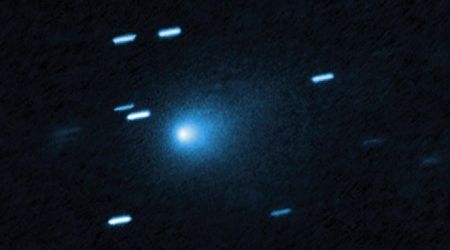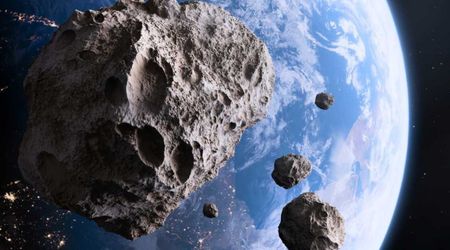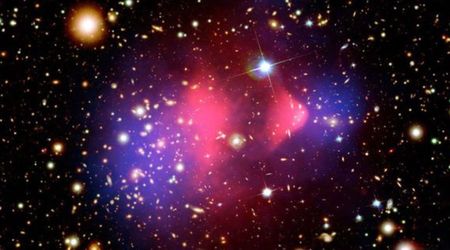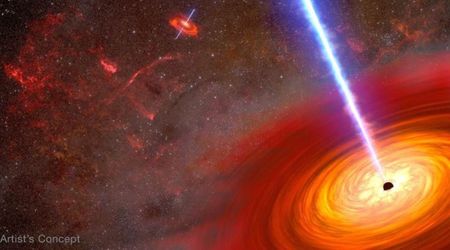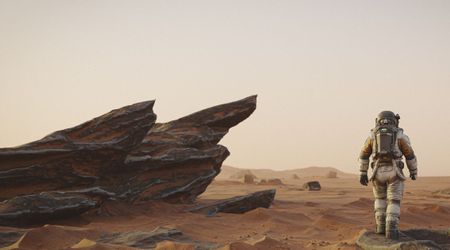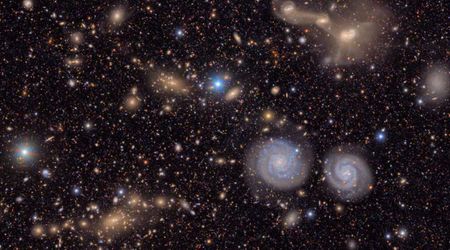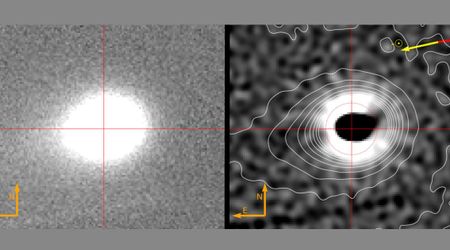Astronomers discover stinky sulfur can reveal exceptional details about extraterrestrial life on other planets

The search for extraterrestrial life is not an abandoned mission. It is something that demands time and thorough research. The journey to finding habitable planets in the vast universe relies on various factors. The latest one discovered by astronomers is sulfur. The odor of sulfur in the atmosphere of a planet is an indicator of life on it, as per Space.com. The presence of sulfur does not mean there is life on the planet, rather, it suggests the planet is devoid of it. A large amount of sulfur dioxide in a planet's atmosphere means that it is uninhabitable.

Various technological means by space agencies were at the disposal of finding alien habitation across the universe. The James Webb Space Telescope probably cannot identify biosignatures, or the atmospheric gases produced by life, in any nearby worlds. The upcoming Habitable Worlds Observatory will only be able to scan a handful of habitable exoplanets. The aim of getting through the list of potential planets was to focus on atmospheric water vapor and the ability to host life, but typically, biosignature spectra are very weak and easily overlooked.

In a recent effort, astronomers highlighted the discovery of a different signature gas that can be a useful tool to separate the choices on the list — sulfur dioxide. Planets with warm and wet conditions like Earth have very little sulfur dioxide in their atmospheres. This is because rain can collect atmospheric sulfur dioxide and wash it down into the soil or the ocean, which cleans the gas out of the atmosphere. Planets like Venus also have very little sulfur dioxide as high UV radiation from the sun catalyzes reactions, converting sulfur dioxide to hydrogen sulfide, as per the publication.

The concept of water vapor indicating life is supported by the "habitable zone.” It is described as a region surrounding a star where a planet gets the right amount of radiation, not that extreme that it boils away the water and not so low that it freezes the water, as per Universe Today. In both cases, Earth’s comparison to planets like Venus has its issues. But, scientists have another choice: planets around red dwarf stars. Red dwarfs emit very little UV radiation, and so if uninhabitable planets form around a star like that, a lot of sulfur dioxide will remain in its upper atmosphere.

Astronomers are particularly interested in the planetary systems of red dwarfs as they are the most common type of star in the galaxy. Several systems that are near us, like our nearest neighbor, Proxima Centauri, as well as TRAPPIST-1, are red dwarfs that host planets. These features highlight them as intriguing targets for future initiatives to search for life. If a rocky planet orbiting a red dwarf has sulfur dioxide in its atmosphere, it can be like Venus. The planet can be a dry, hot world with a thick atmosphere and little to no water, not a good candidate.

Even in the opposite way, the absence of a large amount of sulfur dioxide can suggest that the planet is worth a shot. This can lead to further observation for signs of water vapor and potential life. This massive journey to find traces of life on alien planets requires extensive research and investigation. This is a task that demands determination and drive to pursue something unknown. Several methods are employed for the fruition of this task, and any of them, including the analysis of sulfur dioxide levels, can help get through the list better and attain the goal quicker.
